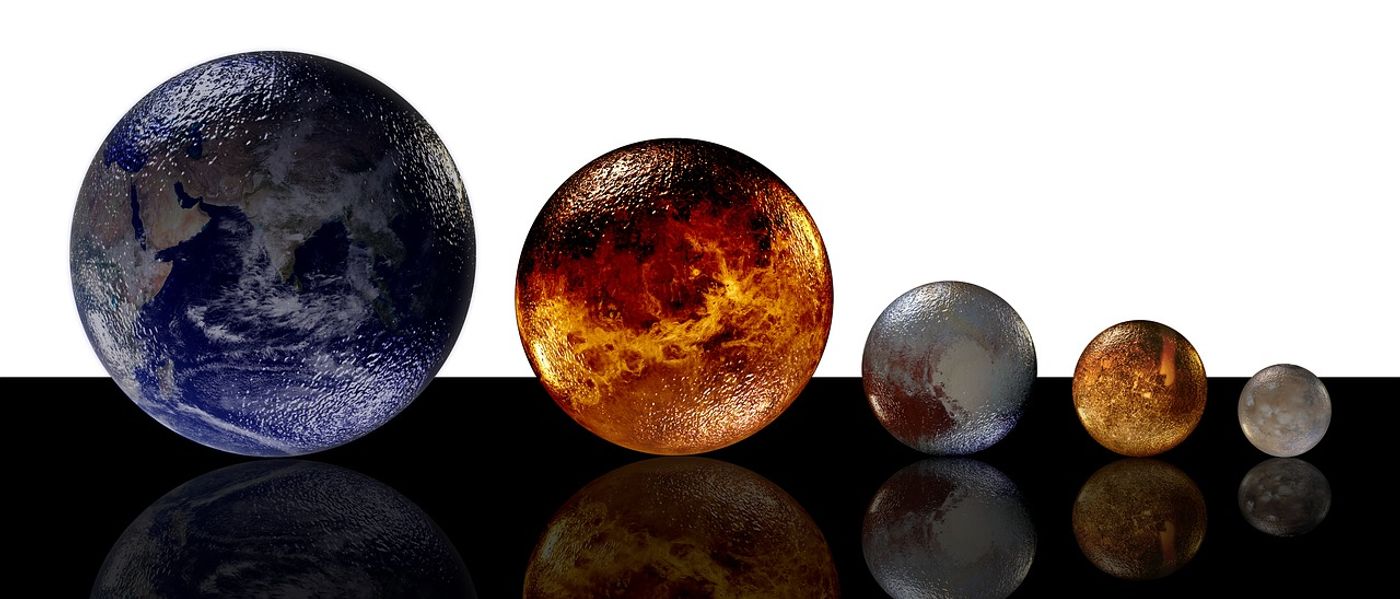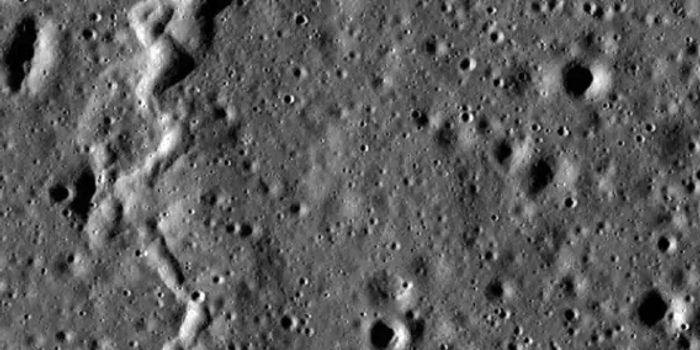Redefining What a Planet is: Could Pluto Become a Planet Again?
Pluto was once considered a planet, but it was categorized as a dwarf planet back in 2006 by the International Astronomical Union. When this happened, Alan Stern, the principal investigator behind the New Horizons Pluto fly-by mission, was not very amused.
Our current classification system of what makes a planet a planet just doesn’t do it for him, and that’s why he has worked with other scientists to propose an entirely new definition for what a planet really is.
Image Credit: sumanley/pixabay
In the journal Lunar and Planetary Science, a strong argument for changing our current planet classification system could make Pluto a planet once again.
On the other hand, it doesn’t only impact Pluto; as many as 100 other objects in our Solar System, including some larger moons like Enceladus, Europa, and Titan, would also be categorized as planets under the newly-proposed classification system.
The current definition of a planet is for an object to follow these three parameters:
- Follow an orbit around our Sun
- Have a sufficient enough mass to hold its own round shape
- Clear the neighborhood of its orbit with its own gravity
For Pluto, the first two parameters above apply, but the third one does not.
As you may remember from the New Horizons mission’s many photographs, Pluto has some big moons that are orbiting the dwarf planet chaotically. Charon is one of them and is nearly the same size as Pluto to begin with. Its size imposes a strong gravitational influence on Pluto that prevents it from meeting the final criteria of clearing its orbital neighborhood.
The new proposal is for the definition of a planet to use more ‘geophysical’ means of defining what one is: “A planet is a sub-stellar mass body that has never undergone nuclear fusion and that has sufficient self-gravitation to assume a spheroidal shape adequately described by a triaxial ellipsoid regardless of its orbital parameters.”
For anyone who finds this new definition a bit difficult to follow, the team clarifies what it means by saying planets are: “Round objects in space that are smaller than stars.” The researchers note they are basing their definition on the qualities of the world itself, rather than the way it interacts with objects around it.
They also argue that their new definition is oodles better than the current one because the current definition has at least three major flaws:
“First, it recognizes as planets only those objects orbiting our Sun, not those orbiting other stars or orbiting freely in the galaxy as ‘rogue planets,’” the scientists explain.
“Second, it requires zone clearing, which no planet in our solar system can satisfy since new small bodies are constantly injected into planet-crossing orbits, like NEOs near Earth. Finally, and most severely, by requiring zone clearing the mathematics of the definition are distance-dependent, requiring progressively larger objects in each successive zone. For example, even an Earth sized object in the Kuiper Belt would not clear its zone.”
The new definition would re-write our science textbooks and require a lot of re-evaluating of the Solar System to determine what’s actually a planet and what’s not, as the current system of classifying planets leaves out some important bodies in the Solar System that could certainly be considered planets (some already were considered planets at one time), but the scientific reasoning behind all of this chaos is still subject to debate.
The new definition proposal already has a lot of public support and has been submitted to the International Astronomical Union for review. While there’s no guarantee that Pluto will become a planet again, it’s always a possibility if the scientists’ proposal is accepted.
It should be interesting to see what becomes of the current Solar System and whether or not.
Source: Smithsonian Mag









